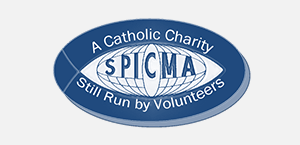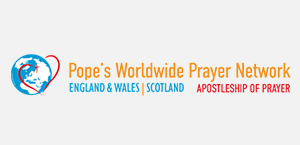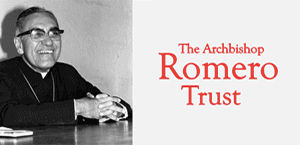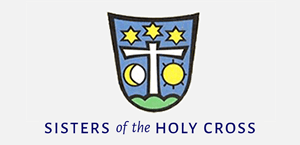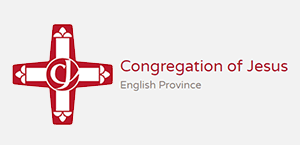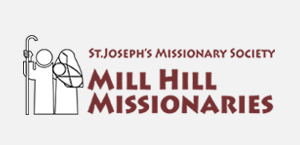Gospel in Art: Feast of Saints Simon and Jude, Apostles

Saints Simon and Thaddeus (Jude), by Ugolino di Nerio, 1325-1328 © The National Gallery, London
Source: Christian Art
Gospel of 28 October 2023
Luke 6:12-19
Jesus went out into the hills to pray; and he spent the whole night in prayer to God. When day came he summoned his disciples and picked out twelve of them; he called them 'apostles': Simon whom he called Peter, and his brother Andrew; James, John, Philip, Bartholomew, Matthew, Thomas, James son of Alphaeus, Simon called the Zealot, Judas son of James, and Judas Iscariot who became a traitor.
He then came down with them and stopped at a piece of level ground where there was a large gathering of his disciples with a great crowd of people from all parts of Judaea and from Jerusalem and from the coastal region of Tyre and Sidon who had come to hear him and to be cured of their diseases. People tormented by unclean spirits were also cured, and everyone in the crowd was trying to touch him because power came out of him that cured them all.
Reflection on the painting
During the 4th century, legends started appearing which spoke about saints Simon and Jude being on mission in Mesopotamia and Persia. Both were martyred there, according to the apocryphal Passion of Simon and Jude. Since the 8th century, the Church has commemorated them together on 28 October. Simon is the tenth apostle mentioned in the list of apostles as described by Luke in today's reading. Very little is known about him. In art, St Simon is represented with a saw, the instrument of his martyrdom. Saint Jude, also called Thaddaeus, is the apostle who during the Last Supper asked Jesus why he showed Himself only to the disciples and not to the world. According to tradition, Saint Jude suffered martyrdom about 65 AD in Beirut, killed by an axe. He is the patron saint of lost and desperate causes - I am sure many of us may have prayed to him at some stage!
Our panel by Ugolino di Nerio was part of a multi-panelled altarpiece made for the Florentine church of Santa Croce. An inscription, now quite faded and damaged, identifies the saint wearing a violet drapery: S.THA. (Saint Thaddeus). You can just see it to the left of his halo. Nothing remains of the inscription that named the other saint, but it is likely to be Simon. The decorative shapes (quatrefoils) that run beneath the two apostles show two bearded older men and one younger man, beardless and quite plump. We don't know their identities, but they are likely to be friars of the Franciscan Order who lived at Santa Croce.
There is an old tradition that on this very feast day, Christians used to begin to prepare food for the Feast of All Souls. They baked things such as the 'bread of the dead' (especially popular in Mexico: 'pan de muerto') and 'soul cakes'. In some regions people would beg on this day for ingredients in order to make these cakes, in preparation for All Saints and All Souls.
LINKS
Gospel in Art: https://christian.art/
Today's Reflection: https://christian.art/daily-gospel-reading/luke-6-12-19-2023-2/










